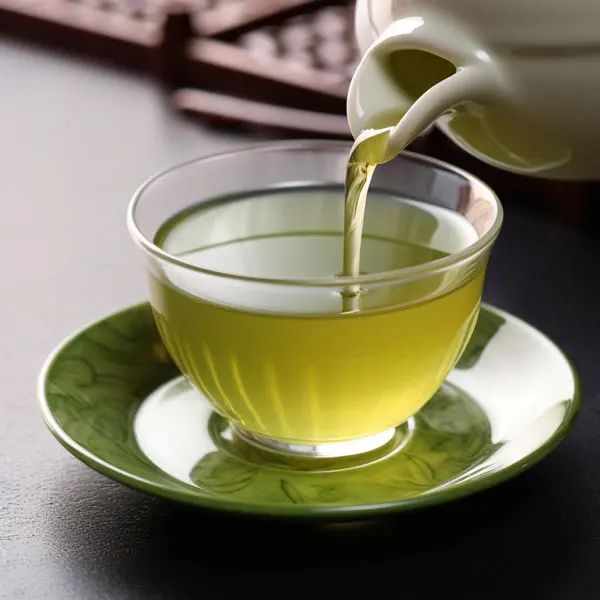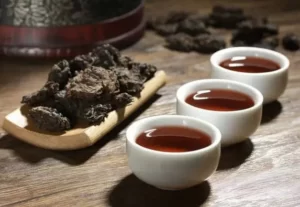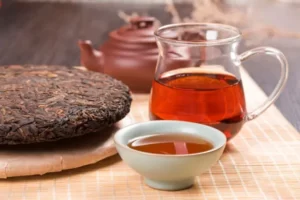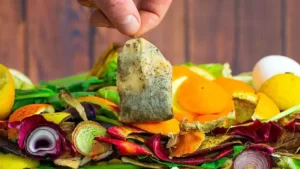Introduction
Yixing Zisha clay, also known as purple clay, green clay, red clay, and duan clay, can be broadly categorized into four main types, each with several distinct subtypes that have different names. The natural mineral properties of these clays, combined with temperature variations, give rise to a diverse range of Yixing Zisha teapots.
This article aims to provide you with insights into the various types of Zisha clay, the refining process, and the colors they exhibit after firing.

What is Zisha Clay?
The name “Zisha” consists of two parts: “zi” (purple) and “sha” (sand). It is called Zisha due to two distinctive features:
Purple encompasses shades of purple-red, purple-blue, purple-brown, and purple-green, with dominant hues being purple, reddish-brown, purple-brown, and dark brown.
“Sha” refers to the granular structure within the Zisha clay. The primary minerals in Zisha are quartz, clay, mica, and hematite. During firing, the clay forms numerous aggregates, constituting the framework of the Zisha teapots. This enhances the sandy texture while creating a dual-pore structure, providing excellent air permeability.
Historically, Zisha teapots were predominantly made from “Jiani clay甲泥” (The so-called “Jiani clay” refers to the stone slab, which is deeply buried under the ground and formed into a hard block under natural pressure, like iron armor.), as it constitutes over 80% of the total Zisha clay resources. Jiabi clay offers stable performance and superior properties compared to other Zisha clay materials.
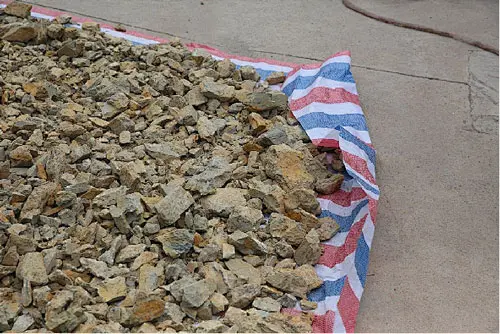
Core Area of Yixing Zisha Mines
The origin of Yixing Zisha clay lies in Huanglong Mountain. Huanglong Mountain is a 60-meter-high yellow stone mountain, with its stone roots located above the horizontal line, making it a major source of mixed clay and Zisha clay. The main mining area of Huanglong Mountain, which includes the present-day Nanshan, Shuitang, and surrounding regions, is primarily situated in the southeast, south, and west.
According to relevant data, Zisha clay was formed between 260 and 350 million years ago. Through the action of wind and water waves, weathered original mineral particles accumulated layer by layer. After prolonged geological changes, it eventually transformed into quartz, kaolinite, mica, and feldspar.
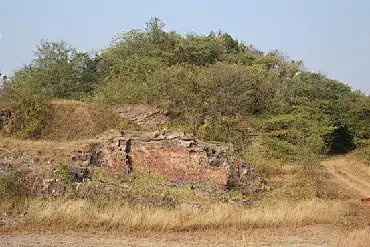
Refining Process of Zisha Clay
1.Formation of small clay particles after weathering, removing impurities and retaining the finest ones.
Impurities must be thoroughly removed; otherwise, the teapot may have large black spots as big as a fingernail.
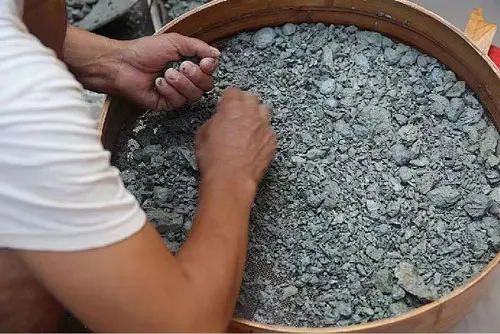
2. Grinding and mixing the clay with stone mills.
After grinding in a stone mill to a powder, we mix it with water, then shape it into blocks and let it ferment in a cool place. Alternatively, we can put it directly into a vat, add some water, and let it ferment. Continue adding water from time to time until the water turns clear.
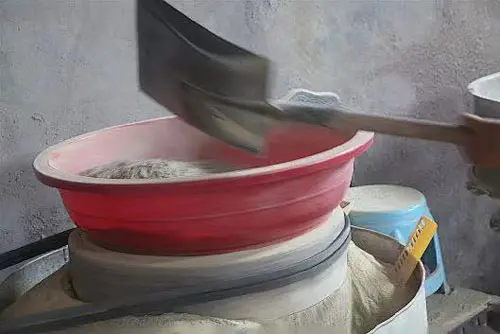
3. Pounding the clay.
Pounding the clay into blocks. However, the freshly pounded clay may appear rough and needs some time to develop its stickiness, similar to letting dough rise for making dumplings.
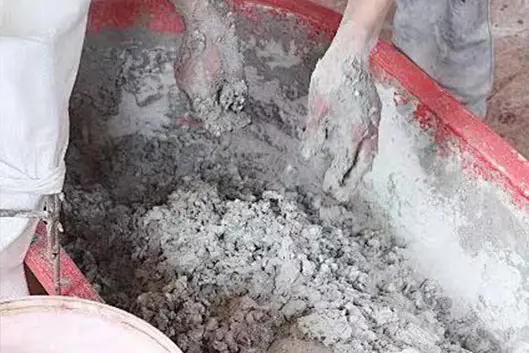
4. Aging the clay and waiting for usage.
The above process demonstrates the general refining steps for single, pure original clay.
Single-Mine and Blended Clay
What is single-mine clay? As the name suggests, it refers to Zisha clay made solely from one type of Zisha mine, rather than a blend of several different mines with varying color differences. The Zisha clay refined using only the original ore without any additional materials is generally called “Qingshui clay” (clear water clay). Hence, Qingshui clay is not a specific type of Zisha clay but a general term.
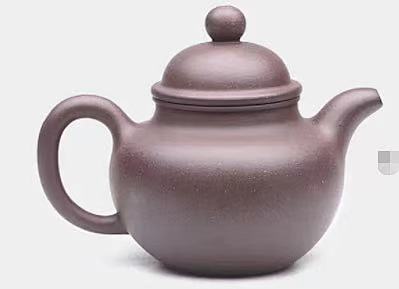
On the other hand, there is blended clay, which is a separate field of study. Different Zisha clays refined from various mineral sources have distinct optimal firing temperatures and shrinkage rates. Improper blending can easily lead to cracking or deformation of the teapot bodies.
However, blending does not necessarily imply inferior quality. For example, a blend of two top-grade clay materials can result in exceptional teapots. Additionally, there are naturally symbiotic minerals, which form together without human intervention, such as Jiangpo clay, Fourth Mine shared ore, and Benshan green clay with purple clay(duanni clay). When well-blended, these high-quality mineral combinations, after careful refining and aging, produce teapots with unexpectedly splendid colors and textures.
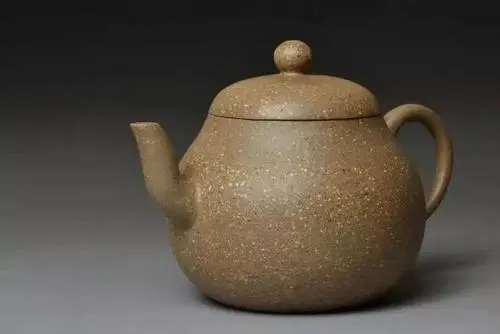
16 Types of Zisha Clays
Next, we will delve into some commonly found Zisha clay materials in detail:
Zini(Purple Clay)
Common colors of Zini clay: Produced from the Fourth Mine, it is used to make Xishi teapots.
Even within purple clay, the colors may differ depending on the mining area. The position of the mine within different regions may cause slight variations in its composition. Even for the same type of clay, different firing temperatures can lead to significant differences in the resulting color.
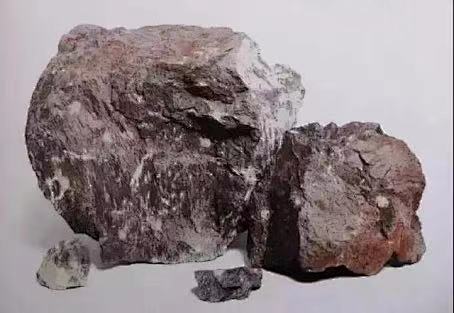
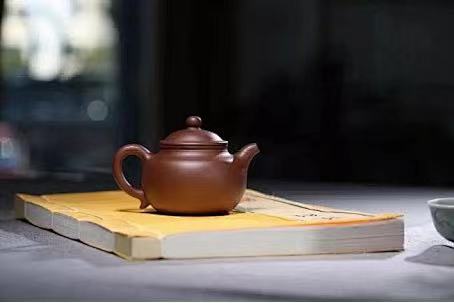
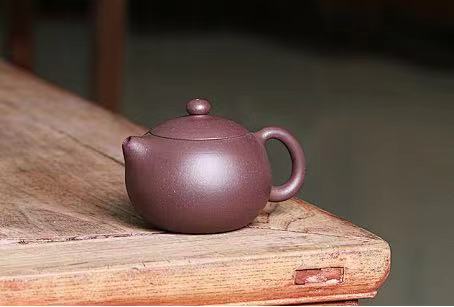
Dicaoqing clay from Taixi Mine

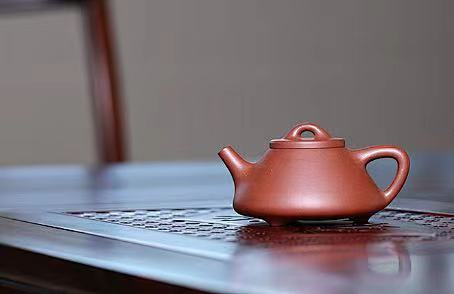
Dicaoqing clay from No. 4 mining well
The Dicaoqing clay from No. 4 mining well refers to the mud trough mined in Huanglongshan No. 4 mine between 1972 and 1997.
Well No. 4: It is the special No. 4 mine, which was mined on the west side of Huanglong Mountain in 1972, with a maximum mining depth of -80 meters, and continued to be stopped in October 1997 due to high mining costs and many factors.
The same principle applies to Dicaoqing clay from No. 4 mining well. There are several varieties, such as Taiqu, Well Fourth Mine, Well Fifth Mine, etc., and they all exhibit different colors.

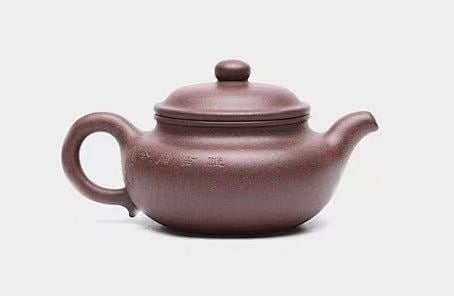
Tianqing Clay
Tianqingni Clay is relatively expensive and scarce, leading to a prevalence of counterfeit products in the market. Genuine Tianqing Clay can be seen in museums, it resembles the color of the sky. At low temperatures, it appears dark brown, while at high temperatures, it displays a blue-green hue.

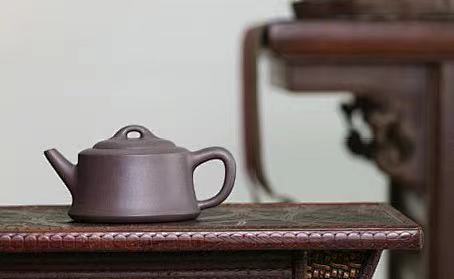
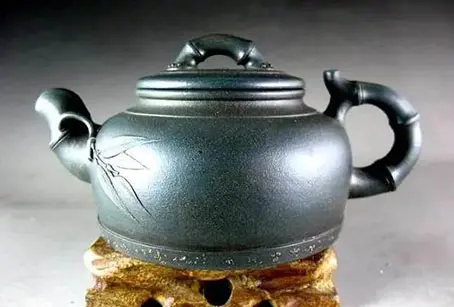
Pear Skin Clay
Pear Skin Clay is produced in the Dashi Dam mine area, just like Tianqing clay. It is a layer that adheres to Tianqing clay and is considered clay within clay. Due to its thin layer, its production is extremely limited.
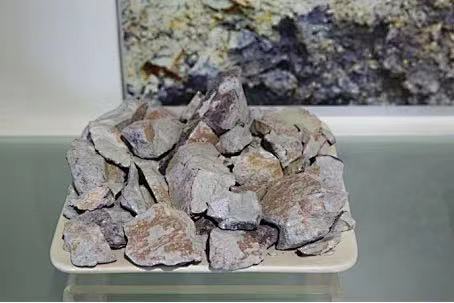
The appearance and texture of Pear Skin Clay are uniform and delicate, appearing light green and compact. It is relatively soft and fragile due to its low iron content, mainly composed of iron ions. After firing, it exhibits a beige color and turns slightly greenish-blue with a touch of white, forming pear-like spots.
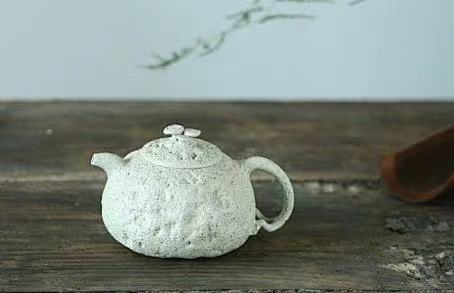
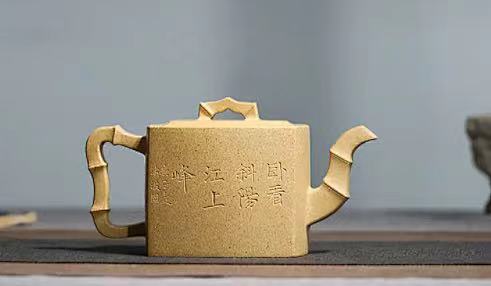
Red Clay
There is a kind of mineral material called tender clay in Yixing pottery, which is a kind of clay rock near the ground surface, distributed in the mountains around Dingshu town of Yixing.
At the bottom of the tender clay layer, there is a hard ore, which must be mined with a hard tool, and this ore is red clay ore.

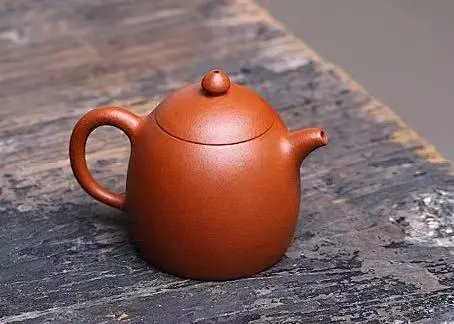
Zhuni Clay
Zhuni clay is a kind of mud belonging to purple sand red clay, because the main component is red clay (iron content is very high) and named. Zhuni clay is the best of red clay.
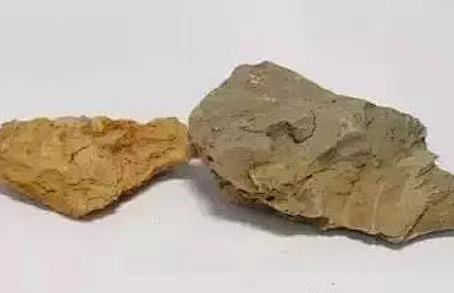
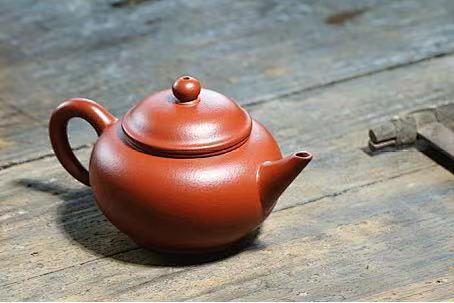
Big Red Robe(Dahongpao Mud)
Dahongpao mud is divided into original mineral mud and blended mud. The most representative of the original mineral mud is the red mud produced in the shallow surface of Huanglongshan.
The mineral material has a red cloud sheet and dense structure, which is relatively hard and insoluble in water.
The quality of Big Red Robe clay is heavy, and the difficulty of making and forming is high. The ore takes on a bright red colour when fired. Production is also extremely rare, not much in the world.
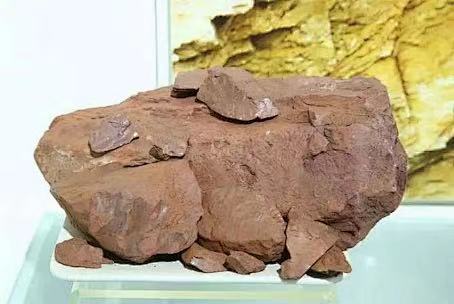
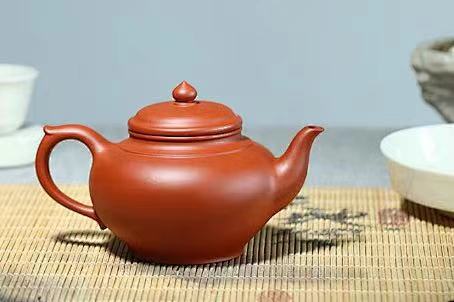
Jiangpo Clay
Jiangpo Clay was discovered during road construction between Huanglong Mountain and Qinglong Mountain. Locally, it is called “Gangpo Clay.” After refining, the teapot made from mature Jiangpo Clay presents a moist appearance with a rich sandy texture. It comes in three categories: Red Jiangpo Clay, Yellow Jiangpo Clay, and Green Jiangpo Clay.
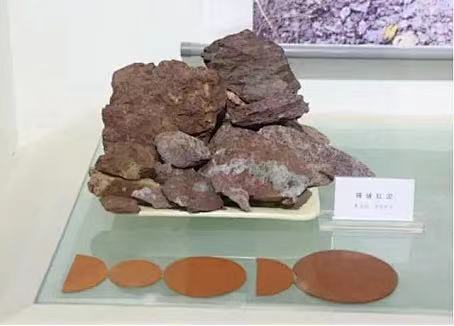

Benshan Green Clay
In Yixing, people called the Huanglong Mountain of Dingshu the main mountain(Benshan). Benshan green is the green mud ore produced in Huanglongshan.
Under normal circumstances, the color after firing is mostly yellow, with cyan, showing a cool tone.
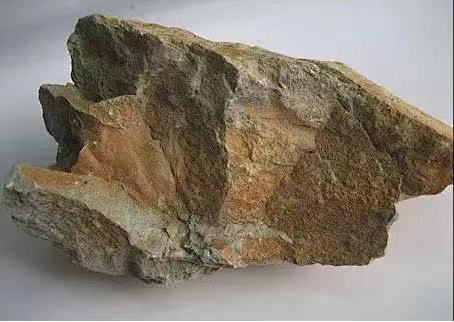
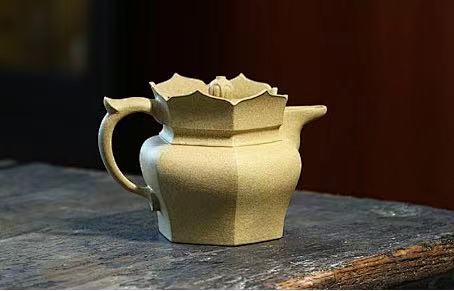
Huini Clay(Gray xlay)
At high temperatures, Huini Clay appears in a grayish-blue hue, while at low temperatures, it leans toward red. Various shades can be obtained during firing.
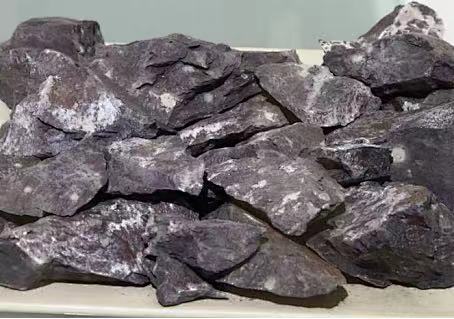

Golden Duan Clay
Golden Duan Clay, also known as Cold Golden, exhibits a golden color after forming a teapot, with slight red granules.
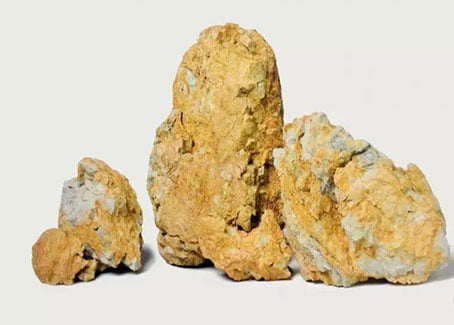

Benshan Duan Clay
Benshan Duan Clay, which can also be called Duan Clay, is mostly symbiotic. Some are symbiotic of green clay and purple clay, and some are symbiotic of green clay and red clay. Therefore, the grains and colors of Duan Clay works are richer.
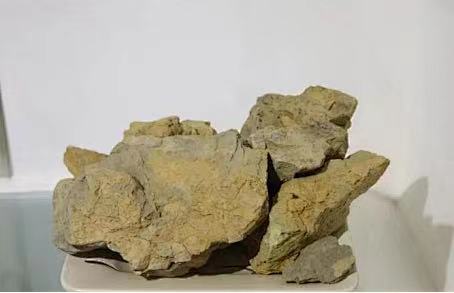
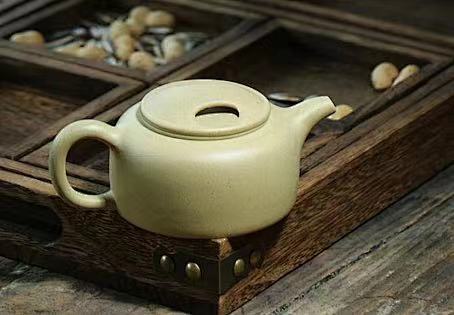
Old Duan Clay
Among the various Zisha clays, Old Duan Clay has the most diverse varieties, with museums displaying over a dozen types. Originally known as Tuanni (aggregated) clay, it is still referred to as such in museums because it mainly comprises symbiotic minerals, appearing in an aggregated form. Similar to Jiangpo Clay, firing at different temperatures produces varying colors.

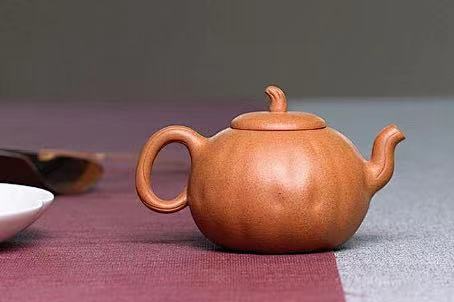
Black Clay
The appearance of Black Clay is dark black and dense, with a hard stone-like texture. It contains a considerable amount of white mica fragments, with greenish-bean spots on the surface. Some deposits also have brownish-red spots and streaks.
Mature Black Clay has moderate plasticity and becomes slightly brittle when shaping. During the manufacturing process, it exhibits some sandy characteristics. After firing, it appears in a light reddish-brown with a hint of yellow. The texture is slightly dry, and white mica fragments remain prominent on the surface, giving it a somewhat dim and monochromatic appearance.
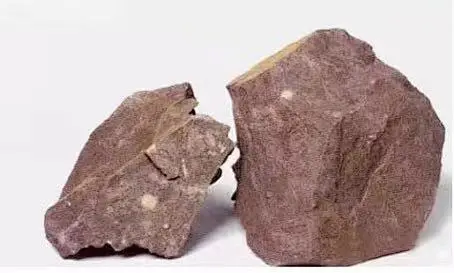

Peach Blossom Clay
The color of Peach Blossom Clay can vary depending on the firing temperature, producing shades such as pink, crimson, and red. It has excellent oiliness and abundant sandy grains, making it a significant advantage. After aging, it exudes a jade-like luster.


Color Blending Materials
In ancient times, craftsmen used blending techniques to impart a wider range of colors to Zisha teapots. They ground the original ore into powder and added orpiment or other materials to replace metallic oxides and change the color. Below are several commonly used color blending materials:
Stone Red
Stone Red is a blending material used during the refining process. It is a natural coloring mineral with extremely high iron content, and it appears in dark red or purple-red. After firing, it can exhibit shades like dark red, reddish-brown, and purple-red.
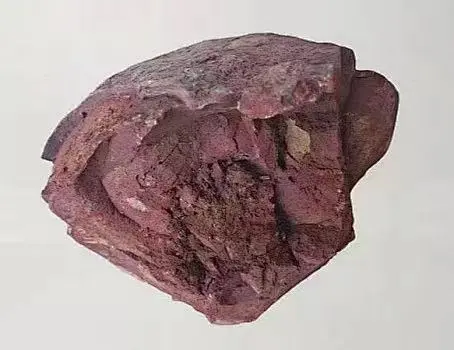
Stone Yellow
Similar to Stone Red, Stone Yellow is also a blending material used during refining. It is a natural coloring mineral with extremely high iron content, appearing in yellow or dark yellow. After firing, it exhibits dark purple-red, purplish-black, and other colors.
On the market, many Zisha teapots are claimed to be made purely from Stone Yellow and Stone Red. However, in reality, genuine Stone Yellow and Stone Red, without any additional blending, are challenging to form into teapots independently.
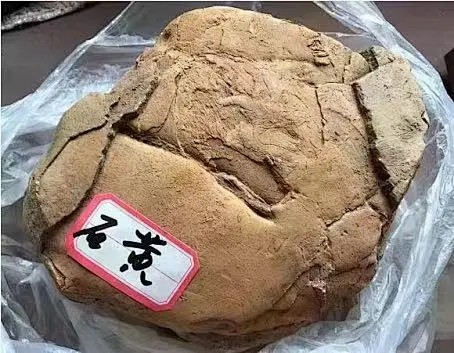
Tu Gu (Soil Bone)
Tu Gu is another blending material used during refining. It is a natural coloring mineral with extremely high iron content, appearing in yellowish-brown or purplish-brown, and it has a granular, bean-like appearance. After firing, it often becomes dark blue-black.
As a blending material, Tu Gu can be used to adjust the texture and color of the teapot body. It is also used as a blending material for Black Star Clay. However, it is not suitable for standalone formation.
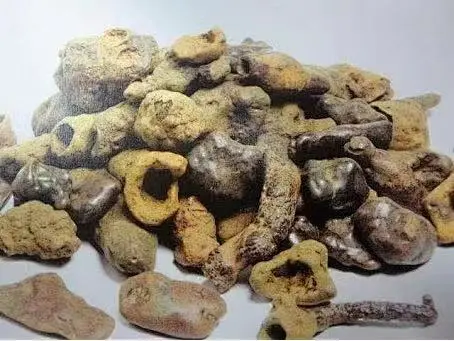
Currently, in order to enrich the colors of clay, some merchants use metallic oxides as substitutes for clay during blending. Besides potentially hiding the true nature of the clay, this method also allows them to pass off lower-quality products as high-quality Zisha teapots, affecting the reputation of Yixing Zisha ware.
Therefore, we recommend purchasing original ore clay whenever possible. Blended clay cannot guarantee 100% safety, as there may be hidden risks from excessive metallic oxide additions.
Conclusion
The world of Yixing Zisha clay is rich and diverse, offering a spectrum of colors and textures that captivate enthusiasts worldwide. From the natural beauty of single-mine clays to the artistry of blended materials, each teapot tells a unique story. As a fan of Zisha teapots, let’s cherish and promote the authentic heritage of Zisha craftsmanship. Choose original ore clay and support genuine artisans to preserve the integrity of this ancient art form.
